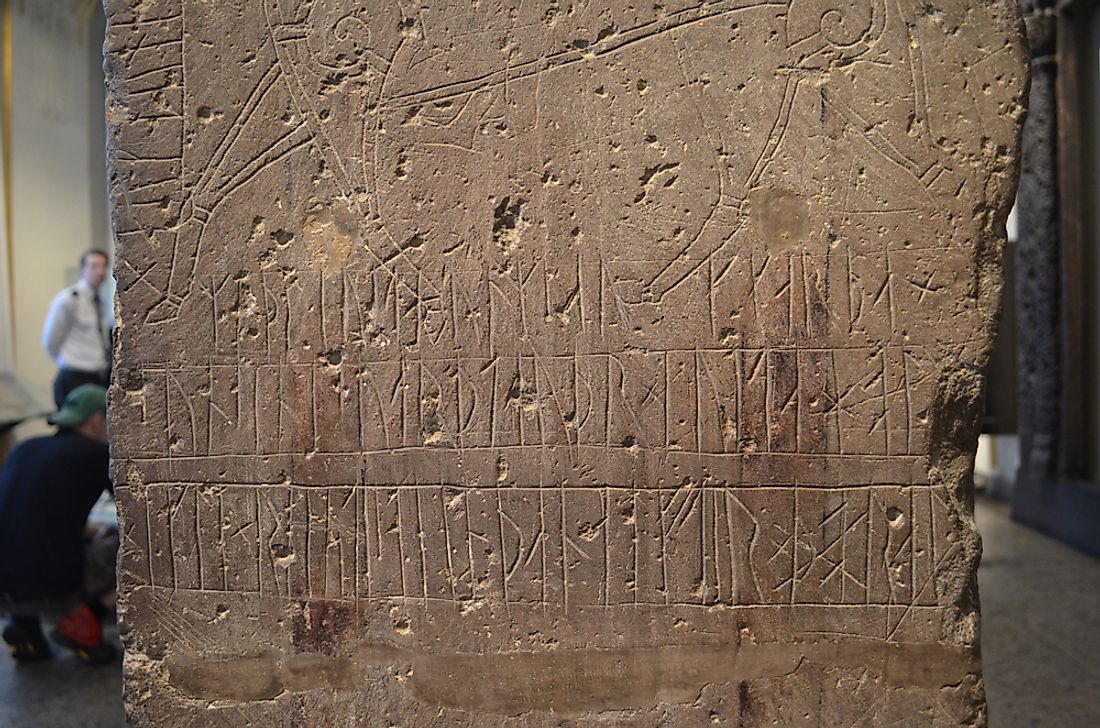What Is Epigraphy?

Ancient writings had their own meaning at their respective cultural and historical eras. Therefore, to learn about the past, it is essential to learn what exactly these writings mean. The process of determining, studying and analyzing such ancient graphemes is called epigraphy. Specialists in this field (and the people who are dedicated to the research of these ancient writings) are called epigraphers. In order to conduct a full-scale study of historical documents, epigraphers reconstruct the texts, translate the words and run a dating test to identify the time in which the inscription might have been written. It is also important to note that epigraphy is a branch of archaeology.
History Of Epigraphy
Epigraphy has been practiced for quite some time. Different cultures around the globe have been doing it in their ways to serve their needs. At first, Latin documents were the subject of intense study by European epigraphers who included Georg Fabricius. The largest collection of Latin writings called the Corpus Inscriptionum Latinarum, were the product of the work done by Memmosen together with fellow scholars who did extensive research on them. Despite the interruptions of the Prussian wars at that time, the documents were published in Berlin since 1863. Greek writings were published too in Berlin during the time of 1827-1877 under the title, Corpus Inscriptionum Graecarum. Other series of publications that have been comprehensively studied and published by epigraphers include Roman, Egyptian and Persian writings among others.
Forms Of Epigraphy
Historical materials come in different forms that require epigraphers to use different methods to handle and analyze them. Such materials can either be writings on stone tablets, marble surfaces, and wood. The methods employed have to respond to the unique challenges that each element brings, for example, limestone does not have a smooth surface hence analyzing inscriptions written on it hard. Clay inscriptions, however, are easier to decrypt since they were made when the clay was still soft and later hardened by fire in furnaces. Tools like the chisel were often used to make writings on wood, stone and metal surfaces. A hammer was also during chiseling, primarily when working on hard surfaces like rocks. The amount of work that went into the making of these historical archives shows how professional they were done.
Purpose Of Epigraphy
The rulers used inscriptions extensively in the ancient times to record their edicts and decrees for their subjects. In ancient Greece, they were placed at the Acropolis where any Greek citizen would read about the important decrees made by the people. Information about the expenditure of the government was also put there. In Greek temples, inscriptions were used to record financial matters like the payment of loans, gifts, and properties sold or bought by religious leaders. Rituals were also recorded for the sole purpose of guiding worshippers on the correct procedure of conducting them. Thus, epigraphy helps to reveal all this ancient knowledge stored in the form of writing over a period of centuries.







